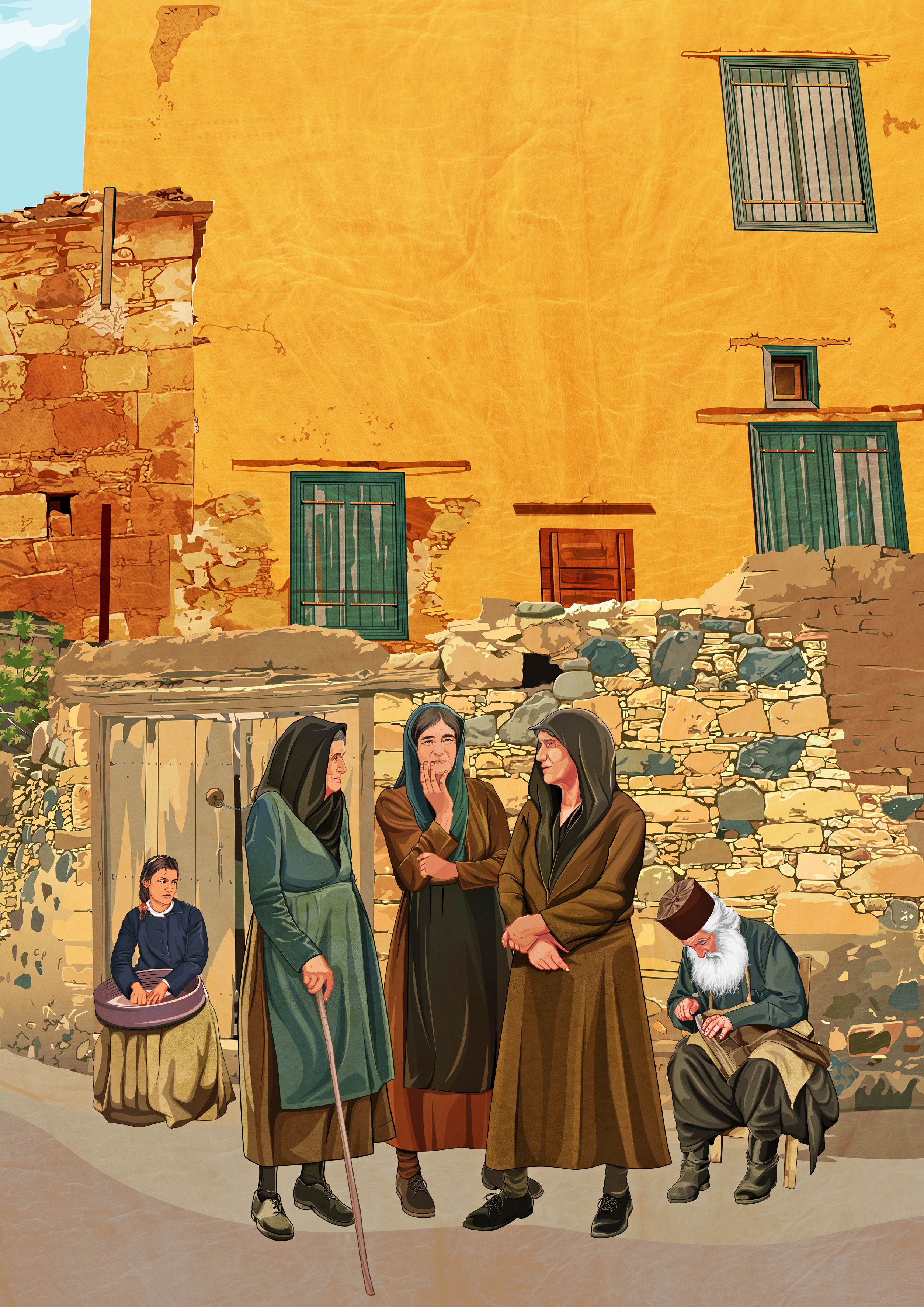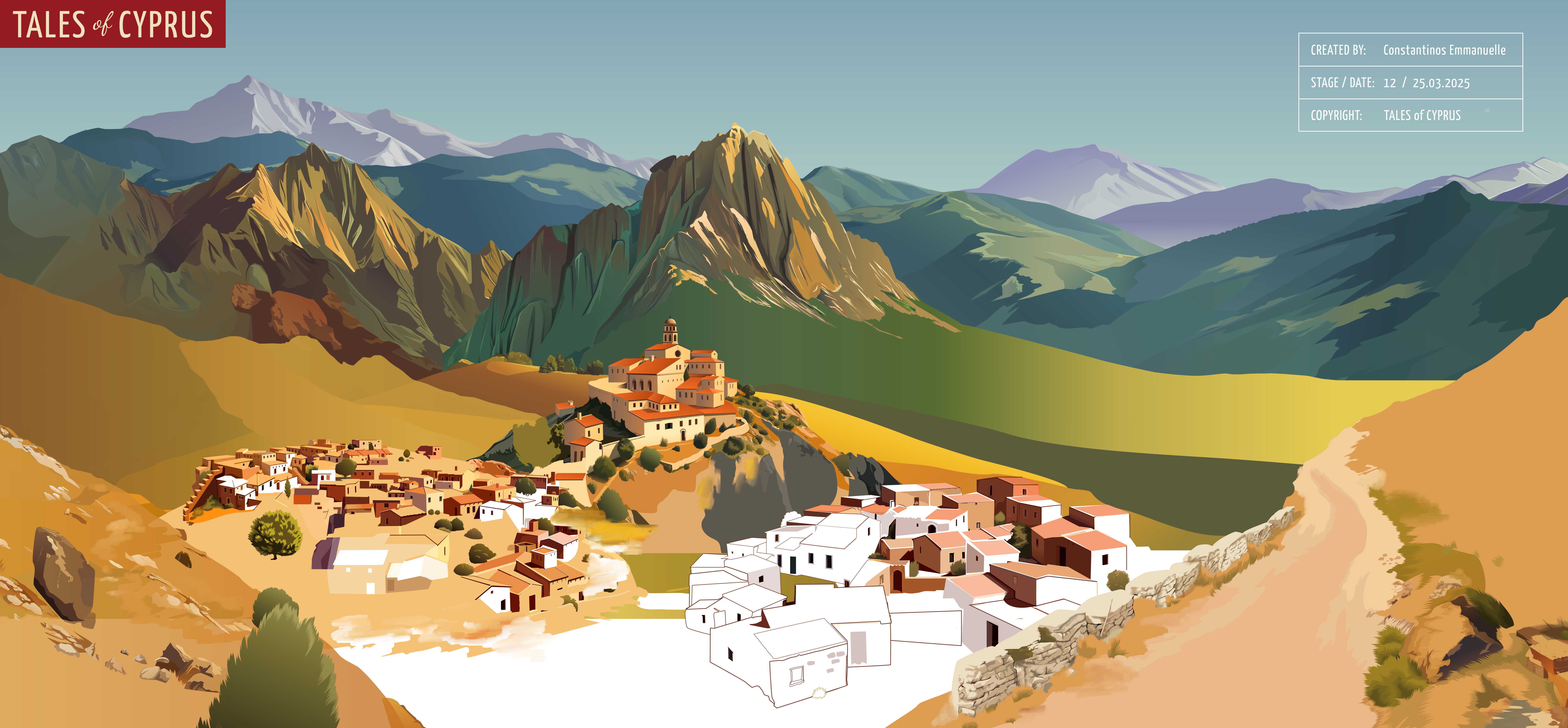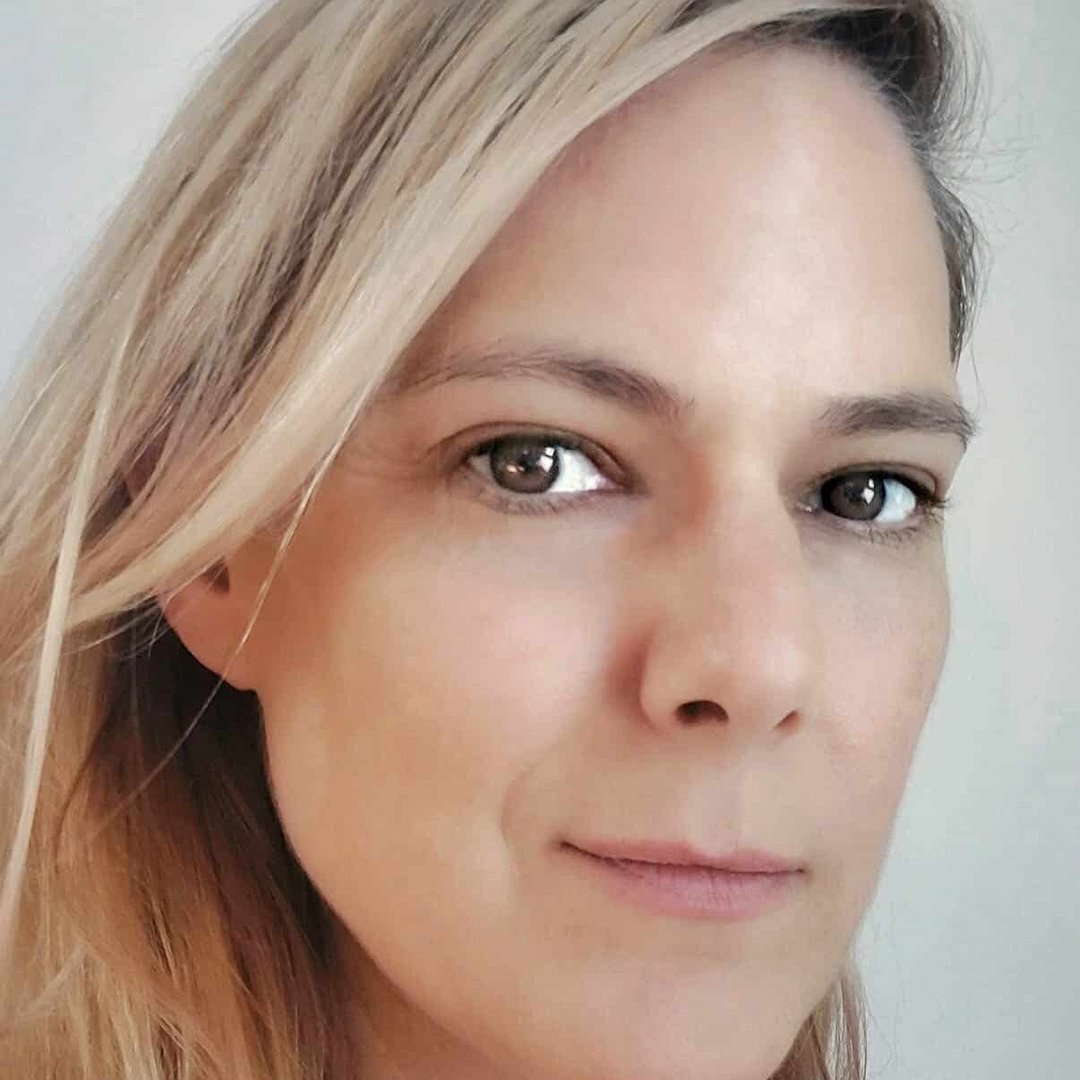‘And we, the children of the diaspora? We were raised to be proud of our island’
The story of Cyprus isn’t just written on this island. It’s written wherever Cypriots call home.
Often, that means the diaspora. The emigrants who – in a new land – are fighting to keep their culture alive.
From kitchens and studios, on stages and screens, they’re sharing the stories of the Cyprus they remember – or the one they never got to know; instrumental in ensuring our island’s spirit endures beyond its borders.
“When you walked into my parents’ home in Melbourne, you went from Australia to Cyprus!” says Costas Emmanuelle.
“There were icons in the hall, Archbishop Makarios on the wall, lefkaritika lace on the table. Out back, chickens scratched underneath the vines. And everything smelt of halloumi and trachanas.
“It was a time capsule,” he adds. “But then every Cypriot house in the diaspora was the same, wasn’t it?”
An artist, historian and storyteller, Costas is the well-known, highly respected creator of Tales of Cyprus – a project dedicated to preserving the island’s vanishing past. Through art, personal interviews and archival research, he has spent over a decade documenting the lives, traditions and everyday moments of Cypriots before the 1950s.

Today, what began in 2011 with a simple chat with his father has evolved into an internationally recognised body of work, spanning exhibitions, books and thousands of stories shared with a global audience.
And yet, much of what Costas has uncovered is relatively unknown on the island itself…
“When I visit my relatives in Cyprus, they joke that I know more of our history than they do. Maybe they haven’t asked the questions,” he suggests. “Perhaps these things were never discussed in school. Or it could be that Cyprus is in a huge rush to escape its past.
“But when a nation forgets its history,” he warns, “it loses more than just memories. It loses its identity, its roots – the very things that make it unique.”
Costas talks of Cyprus’ cities: beautiful old buildings neglected, while empty skyscrapers soar around them. He mentions fading traditions, crafts passed down for generations that have now all but vanished. He points to the changing language: how the Cypriot accent – once a mark of identity – is considered something to be corrected rather than cherished.
For those who remained on the island, these changes crept in slowly; small increments that barely registered. But for the diaspora, returning decades later with the promise of their elders’ recollections, the shift is stark.
“Many of our parents and grandparents who left Cyprus knew they’d never return,” Costas explains. “So they created a time capsule wherever they landed. And we, the children of the diaspora? We were raised to be proud of our island; proud of their memories.”

When Costas visits Cyprus, he admits that he feels most at home in the mountains; in his mother’s village of Arsos.
“There’s a slower pace up there, a deeper connection. To me, that’s the Cyprus I grew up loving. And that’s why, when it came to my next project, I knew the mountain villages were the key…”
Costas’ latest undertaking is unlike anything he’s attempted before. A work of staggering scale, it’s been years in the making: a tribute not just to our island, but to its people, its traditions, a way of life that has all but vanished.
“I’ve always dreamt,” he smiles, “of creating a magnum opus that celebrates the island pre-1940s. A magnificent panorama that tells a hundred tales of Cyprus…”
This five-metre mural will be a window into our past: a sweeping, detailed scene of a Cypriot mountain village in the 1930s. Set against rolling hills and rich greenery, alive with movement, it will be filled with the everyday moments that once defined our island lives.
Here an old woman bakes bread in a stone oven, there a shepherd guides his flock along a winding path.
“There will be a priest dozing in the shade; craftsmen making silk, caning chairs, forging iron. In the kafeneion, men bend over tavli boards, worry beads in hand. And while boys and girls play separately, as was the custom of the time, perhaps one of the young men will be casting a furtive look at his paramour…”
With every glance, there will be more to discover: story upon story unfolding across a vast canvas.
“This is more than just art. It’s a talking point,” says Costas, who was inspired by Diamantis’ World of Cyprus. “It’s a way to keep our past alive; to remind us of the things our ancestors knew: that daylight, movement, gratitude and family were everything.
“And it’s also a way to express everything I’ve discovered through my interviews with Cyprus’ elderly – that in just one or two generations, we’ve lost so much of what once defined us.”
Still in its infancy, the mural will take Costas two years. Every detail is being meticulously researched, every element placed with purpose. He will be working to the highest standard – fine pen-and-ink outlines, delicate watercolour textures and scalable vector graphics to preserve clarity at any size.
And eventually, he hopes the piece will travel beyond his studio, reproduced – for free, he insists, because the motivation here isn’t money but legacy – on school walls, in restaurants, in cultural spaces around the world. A permanent reminder of Cyprus’ past.
“I want any young person to stand in front of this mural and discover what life was like for their grandparents. To understand their rituals, activities and connections. To step into their past, even if just for a moment.
“This mural,” he concludes, “was what Cyprus was. And what must not be forgotten. Because when memory fades, so too does identity. And I think, perhaps more than anyone, the diaspora will understand.
“Because for those who left, the island has always been more than a place. It’s a whole, a unique way of life we’ve kept alive in distant lands.
“It’s a reminder that, as long as we remember our past – as long as we remember the tales that make Cyprus truly unique – our past will endure.”
For more information, please visit the Facebook page ‘More Tales of Cyprus’







Click here to change your cookie preferences